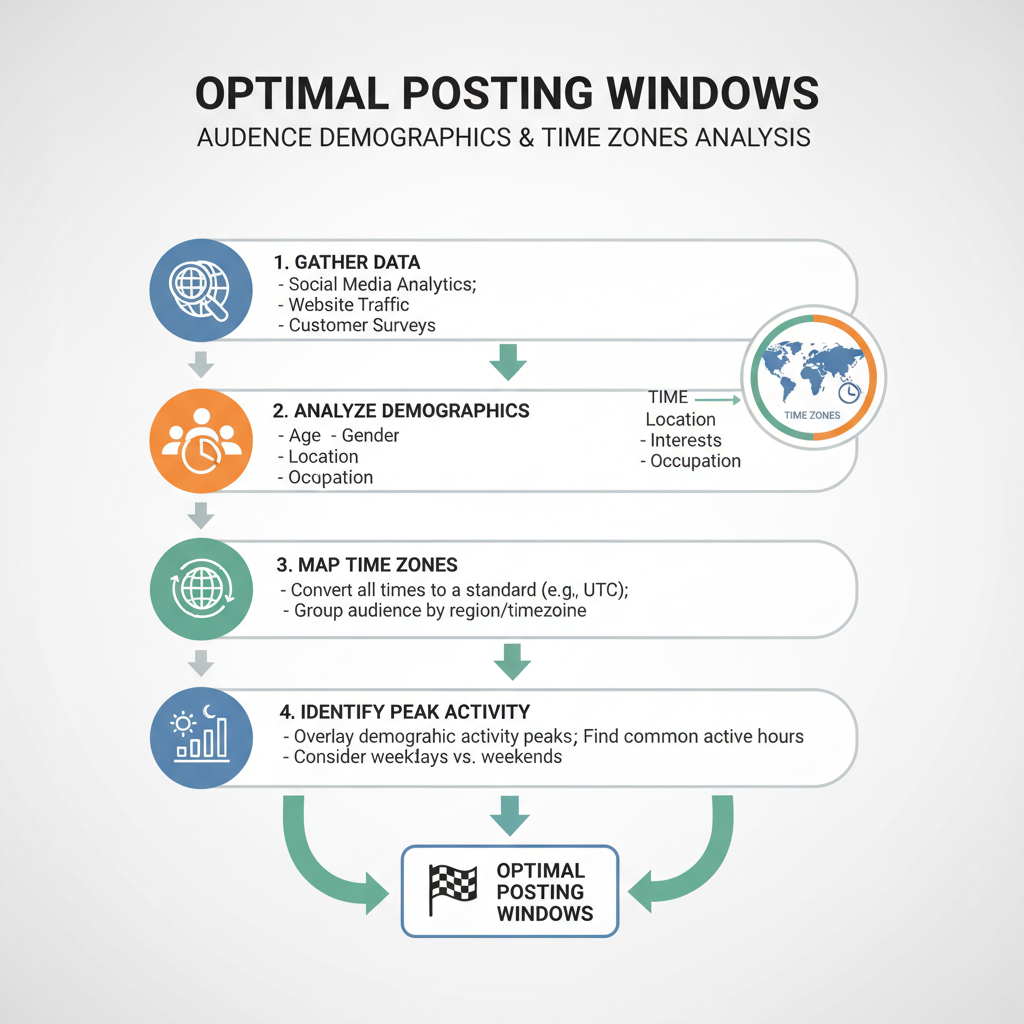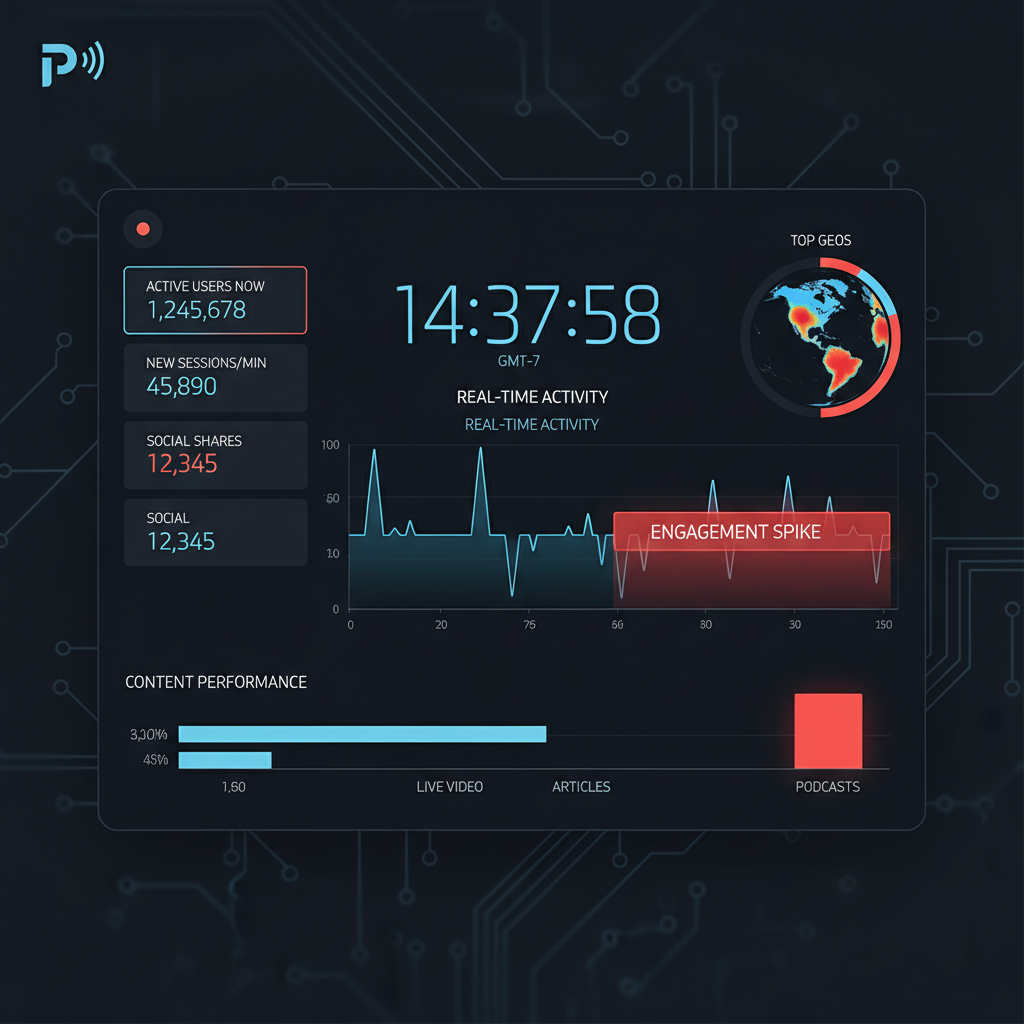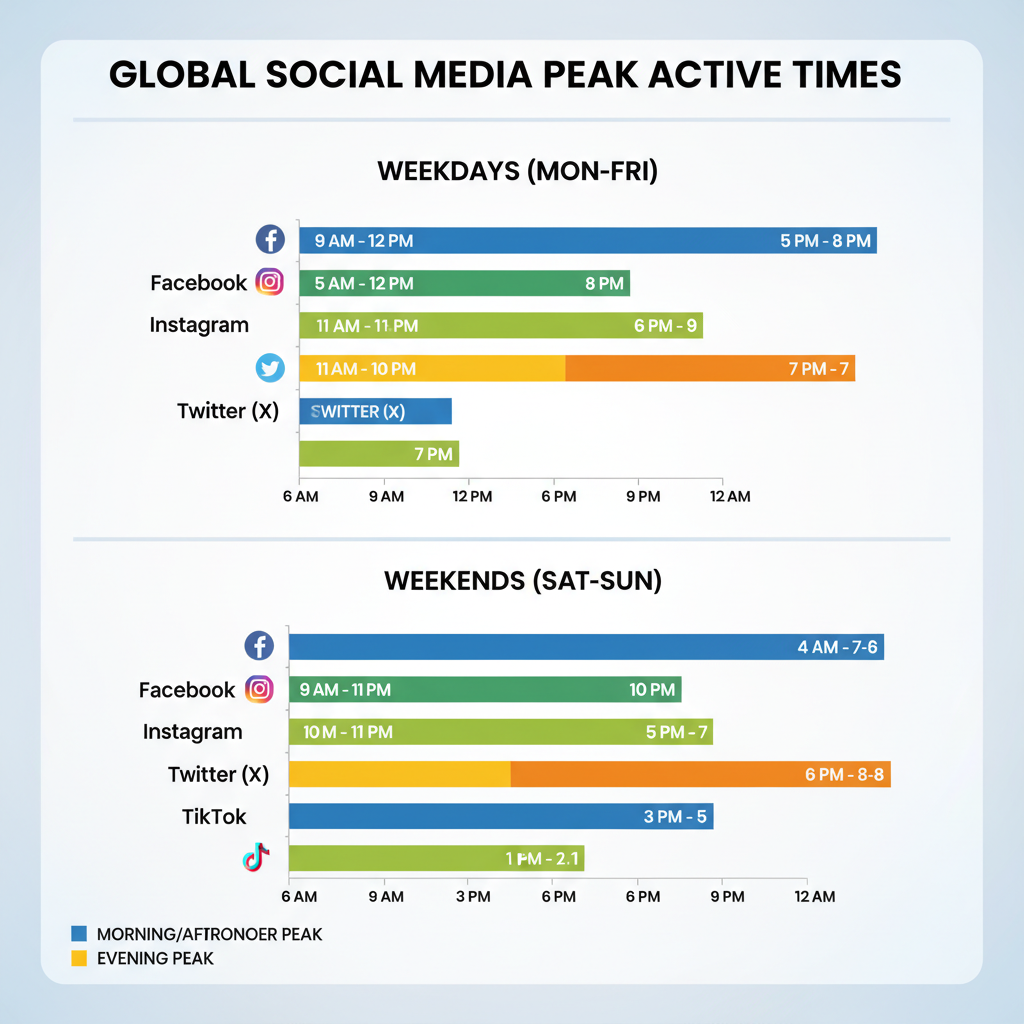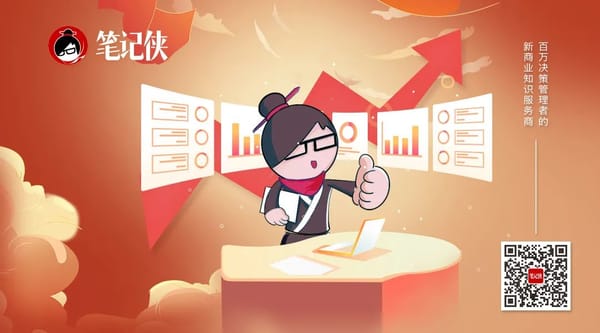Best Active Times to Post on Social Media for Engagement
Learn how to find your audience’s peak active times using analytics and testing to boost early engagement and maximize social media reach.

Optimizing Social Media Posting for Your Audience's Active Times
Timing is one of the most overlooked levers in social media marketing. Knowing your audience’s active times—the hours when they’re most likely online and engaging—can dramatically boost reach and interaction. This guide explains how algorithms respond to engagement speed, how to analyze data from platform-native analytics, and how to build a schedule that aligns perfectly with your followers’ habits.
Understanding How Algorithms Reward Engagement Speed
Social media algorithms are increasingly tuned to prioritize immediate engagement. When a post garners likes, comments, shares, or other interactions within the first minutes or hours after publishing, platforms interpret that as a sign of high relevance and quality. This leads to a snowball effect—your post gets shown to more people, compounding reach organically.
The faster your audience engages right after posting, the higher your chances of landing on trending sections or recommended feeds. Publishing during your audience’s active times can multiply your visibility significantly.

Why Speed Matters
- Visibility boost: Rapid early engagement triggers algorithmic promotion.
- Engagement loop: More visibility drives more engagement, reinforcing the cycle.
- Competitive advantage: Posting optimally reduces competition with other content.
---
Analyzing Audience Demographics and Time Zones
Your optimal posting schedule depends heavily on where your audience lives and when they are awake and active.
For example:
- Global audiences may require multiple posts to cover different time zones.
- A local brand should focus on peak active hours within its region.
Action Steps:
- Use customer data—location and age groups—to define primary and secondary markets.
- Pinpoint overlapping waking hours for the majority of your audience.
- Account for cultural factors like holidays, religious observances, and local work patterns.
---
Using Platform-Native Analytics to Spot Peak Engagement Windows
Most social platforms now offer native analytics dashboards showing when followers are online and interacting.
Examples:
- Instagram Insights: “Most active times” graph.
- Facebook Page Insights: Follower online activity chart.
- Twitter (X) Analytics: Engagement per hour.
- LinkedIn Analytics: Visitor and post metrics by day.
- TikTok Analytics: Follower activity spikes.

Benefits of Native Analytics:
- Audience-specific data rather than generic benchmarks.
- Identification of micro-trends (e.g., lunchtime spikes).
- Historical comparisons to detect seasonal shifts.
---
Testing Posting at Different Hours and Tracking Results
Analytics point you toward optimal times, but testing verifies them. Conduct A/B testing of your posting schedules.
Simple Testing Plan:
- Select two distinct time slots for similar content types.
- Post over several weeks at both times.
- Measure reach, impressions, clicks, and comments.
Pro Tip: Keep variables like format, hashtags, and topic consistent to isolate timing effects.
---
Differences in Active Times for Popular Platforms
Active times vary widely by platform, each with unique user behaviors. Use the following as a baseline—then validate with your own analytics.
| Platform | Peak Active Times (General) | User Behavior Insights |
|---|---|---|
| Weekdays: 11 AM – 1 PM & Evenings: 7 PM – 9 PM | Lunch breaks and evenings dominate; Stories have all-day usage. | |
| Weekdays: 10 AM – 12 PM & 1 PM – 3 PM | Engagement dips after 5 PM; weekend mornings suit local communities. | |
| Twitter (X) | Weekdays: 8 AM – 10 AM & Noon | Commuter and lunch hours dominate; news cycles influence peaks. |
| Tue–Thu: 8 AM – 10 AM | Professional audience; weekends see minimal activity. | |
| TikTok | Evenings: 6 PM – 10 PM | Entertainment-focused binge sessions after work or school. |
---
Partnering Content Release with Audience Habits
Align your posts with lifestyle patterns:
- Working professionals: Commute hours or lunch breaks often perform better.
- Teen audience: Evenings and late nights may yield higher engagement.
- B2B content: Weekday mornings; avoid Fridays and Mondays for important updates.
---
Considering Seasonal and Weekday vs Weekend Variations
Active times can vary due to seasonal shifts, school holidays, and public events.
- Summer: Later night engagement may rise due to longer days.
- Winter holidays: Midday activity spikes indoors.
- Weekends: Consumers may browse more; professional networks often slow down.
Monitor and adjust your schedule to capitalize on these shifts.
---
Creating a Calendar Template Based on Active Times Data
Once optimal posting times are identified, embed them in a content calendar.
Calendar essentials:
- Platform-specific posting slots.
- Content themes per time slot.
- Seasonal event adjustments.
Example:
## Platform Posting Calendar
Instagram:
Mon-Wed: 12:30 PM Reels
Thu-Fri: 8 PM Carousel Posts
Facebook:
Tue-Thu: 11 AM Video
LinkedIn:
Tue: 9 AM Industry Article
TikTok:
Fri-Sun: 7 PM Trend Content
Update regularly using analytics insights and testing outcomes.
---
Automating Posts While Allowing Real-Time Engagement
Scheduling tools such as Buffer, Later, or Hootsuite enable precise posting without manual effort. However, automation should be paired with live interaction.
Best Practices:
- Plan posts ahead for consistency.
- Be online for 30–60 minutes after posting to engage directly.
- Combine scheduled and spontaneous content for authenticity.
---
Re-Evaluating Active Times Quarterly for Shifting Patterns
With changing habits, new app features, and global events, active times evolve quickly.
Quarterly review steps:
- Compare current data with previous quarters.
- Identify changes in audience locations or composition.
- Test new time slots and refresh your calendar accordingly.
Quarterly Audit Checklist
- Pull new analytics from each platform.
- Note peaks and dips in engagement.
- Revise automation schedules.
- Plan new A/B tests for emerging time windows.
---
Summary and Next Steps
Mastering your audience’s active times transforms your social media results. Algorithms reward swift engagement, and aligning posts with user habits ensures you capitalize on that boost.
Key Takeaways:
- Early engagement is essential for algorithmic reach.
- Use platform analytics for tailored active time insights.
- Test posting times to confirm and refine data.
- Adjust schedules to account for seasonal and behavioral changes.
- Review your active time strategy quarterly.
Call to Action: Start analyzing your platform analytics today, pick one area to test this week, and create a draft content calendar based on active time data—you’ll see engagement lift in days.



